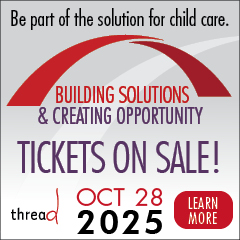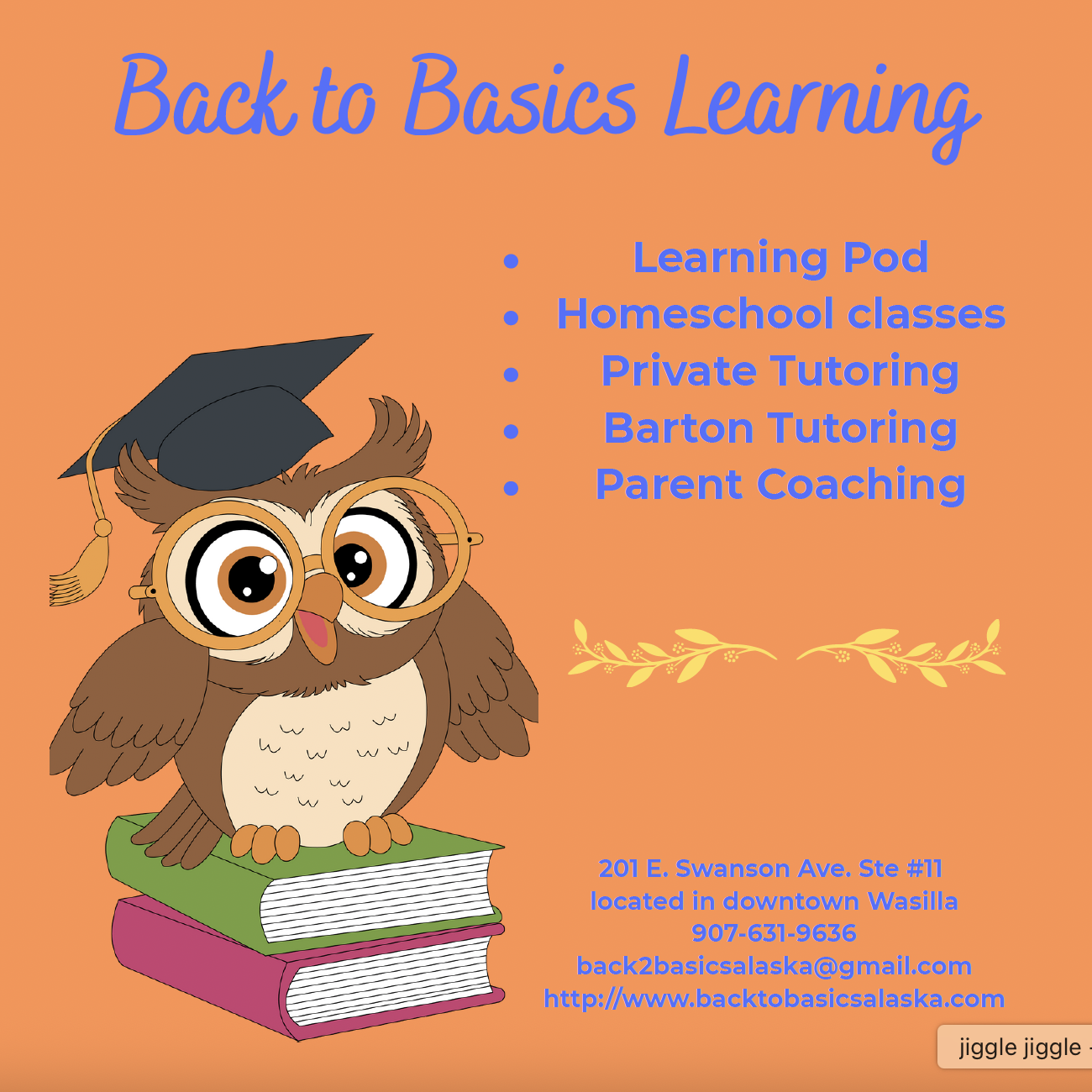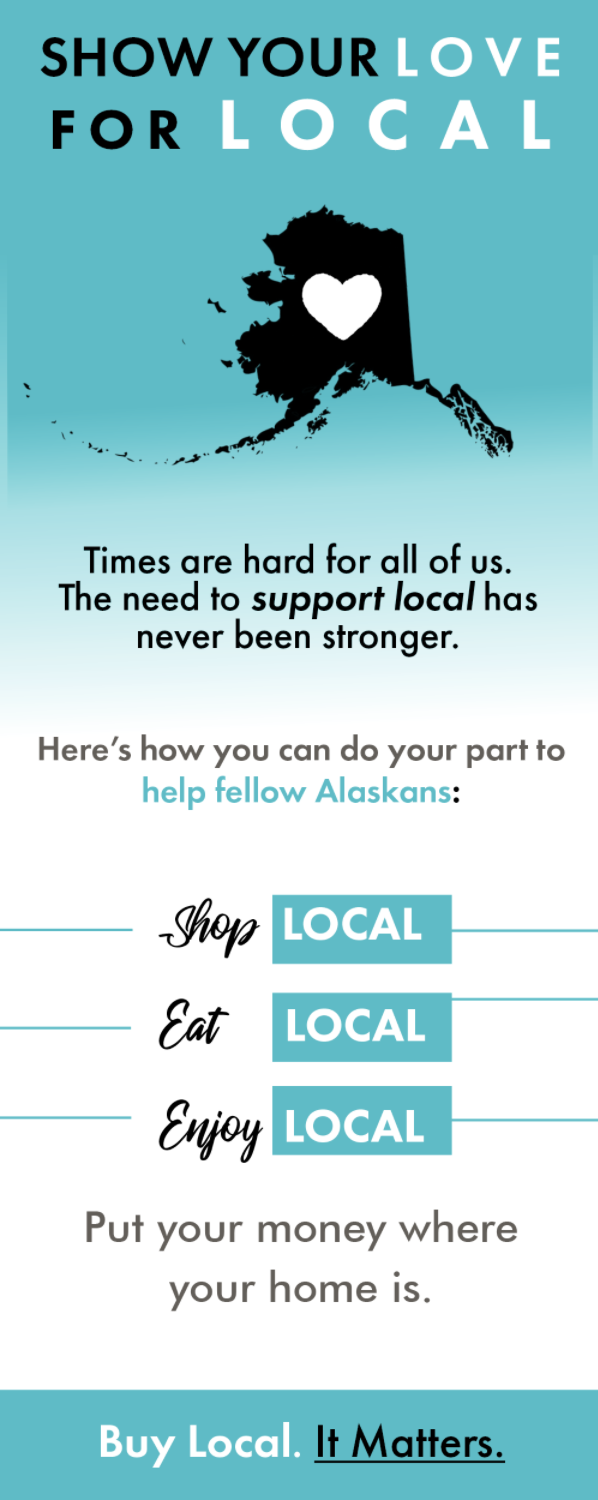STOMP OUT BULLYING
By Kimberly Blaker

According to the National Center for Education Statistics, approximately one in five kids ages 12 to 18 has experienced being bullied in a given year. Such bullying ranges from name-calling and spreading rumors to the destruction of property, threats, and violence.
Studies have found bullying has health and psychological repercussions – and the effects can last into adulthood. The victims of childhood bullying, as well as bully-victims (those who are both bullied and bully others), are “at increased risk of poor health, wealth, and social-relationship outcomes in adulthood,” according to a report in Psychological Science journal. Pure bullies (those who bully but are not victims) weren’t found to be at increased risk.
Bullying versus conflict
For parents and educators to effectively address bullying, we must first understand what constitutes bullying. When we see it, we often don’t recognize it because, from the outside, it looks like a conflict. In fact, it usually is nothing more than conflict. In the heat of the moment, kids, like adults, can say and do mean things to each other. That, in and of itself, doesn’t constitute bullying. Because parents and teachers are aware of this, it’s sometimes easy to dismiss a child’s complaints about being harassed as nothing more than a spat.
So, here are some questions to help determine which it is:
• Do both children have equal power? If so, it’s conflict. In bullying, the bully has more power or more perceived power.
• Are both children able to express their concerns or views? Or is one child passive or unable to express her side for some reason?
• Does the behavior stop when the antagonizing child recognizes he’s hurting another? Or does the aggressor continue, while being fully aware of the effects of his behavior?
What is bullying?
Bullying is repeated acts by an individual or group with the intent to scare, distress, or cause harm to another. It differs from simply disliking or rejecting another, mutual conflict, or a single-episode mean-spirited act.
Bullying behaviors include any of the following:
• Hostile or discriminatory behavior based on race, religion, gender, or sexual orientation
• Cyberbullying, which is the use of social media, websites, instant messaging, or texting via smartphones or computers to harass or harm another
• Causing physical harm by hitting, kicking, shoving or destroying property
• Social bullying, such as spreading malicious rumors, damaging someone’s reputation, encouraging others to gang up on someone, or playing mean or embarrassing jokes
• Verbal bullying, which includes name-calling, intimidating, or insulting another
Kids keep it a secret
Often, children don’t tell when they’re being bullied. As a result, the bullying persists for months or longer and becomes increasingly more damaging.
There are multiple reasons kids might not tell an adult:
• Perhaps a child has been threatened with repercussions if they tell, or the child fears the threat will become greater if they say anything.
• They don’t want to be a tattletale. Kids don’t always understand the difference between tattling for unimportant matters versus more serious issues.
• Children often feel ashamed or embarrassed either about being a victim of bullying or about the reason they’re being bullied. This is often the case when the bully has used name-calling or character attacks.
• They feel they either won’t be believed or that adults won’t do anything about it.
Signs of bullying
There are several signs to be aware of that might indicate your child is being bullied:
• Frequently tries to get out of going to school or has declining grades
• Complaints of stomach aches and headaches
• Feeling sad or upset
• Social withdrawal
• Difficulty sleeping
• Asking whether something derogatory someone said about your child is true or other signs of decreased self-esteem
• Unexplained bruises or abrasions
• Clothing, electronics or other belongings missing or damaged
• Seeming anxious or sad after being on social media
• Changes in eating habits, whether lack of appetite, binge eating, or not eating lunch at school
• Self-harm or talk of suicide
Signs that might indicate your child is a bully include:
• Hanging out with other kids who are aggressive or bully others
• Not taking responsibility for their own actions
• Excludes certain kids from activities
• Frequently getting into trouble at school
• Expresses intolerance toward kids who are different
• Makes fun of other kids
• Brings home items such as electronics, clothes, or money
• Hurts animals
• Has experienced or witnessed domestic violence
• Is overly concerned about being popular
How to prevent or put a stop to bullying
First and foremost, talk to your kids about bullying, so they understand what it is and that it’s unacceptable. Make sure your kids understand its imperative they tell an adult if they or someone they know is being bullied.
Monitor your kids’ activity online including their social media. There are many reasons to do this for your child’s safety. To ensure your child is neither being bullied nor acting like a bully is one more big reason.
Model the kind of behavior you expect from your kids. When kids overhear their parents talking negatively about people because of their weight or joking about someone who’s different, kids tend to model this behavior and are more likely to take it to an extreme.
Teach your kids to stand up for themselves. If your child remains passive, a bully will up the ante and gradually become more abusive. But, if your child assertively and unemotionally stands up to the bully, the bully will realize she won’t get away with the behavior. On the other hand, if a bully knows he’s getting under your child’s skin, the bully will persist. Your child should maintain eye contact, stay calm, maintain appropriate distance, and use the bully’s name while addressing the bully.
Here are some examples of what your child can say:
• You’re being a bully, Kyle. Knock it off.
• Okay. Whatever, Sara.
• I’m sure you think you’re hilarious, Joey, but really, you’re not.
• Amanda, do you really think I care?
• Nice try, Christa.
Notice all of these are simple, direct, unemotional responses that let the bully know she isn’t getting under your child’s skin. Your child should practice one or two of these or come up with his or her own ideas that feel comfortable. The idea is to not say anything that gives the bully power, such as a compliment, or that indicates it bothers your child. If your child is being bullied, also talk to your child’s teachers, school administrators, bus driver, and others who can help stop the abusive behavior. Make sure your school has a plan in place to protect your child, and if it isn’t doing enough, contact the district superintendent. If your child has been threatened, contact the police immediately. Finally, if the bullying doesn’t cease, proceed by filing charges through your school board and the local police department.
ANTI-BULLYING RESOURCES
StopBullying.gov provides information from various government agencies on what bullying is, what cyberbullying is, who is at risk and how you can prevent and respond to bullying. For specific Alaska anti-bullying laws and policies, visit stopbullying.gov/resources/laws/alaska .
The Cyberbullying Research Center provides up-to-date information about the nature, extent, causes and consequences of cyberbullying among adolescents. cyberbullying.us
The Alaska Internet Circle of Safety is a resource for adults who would like to teach their children to be responsible online citizens. akla.org/safety
Well-written stories with bullying as a theme can be useful tools for parents trying to help their kids deal with bullying. For a list of age-specific books, visit: pacer.org/bullying/resources/book-club.asp










